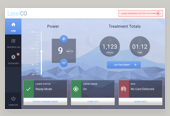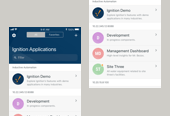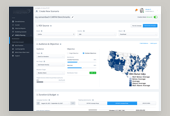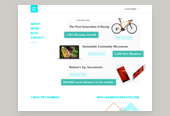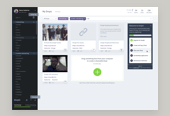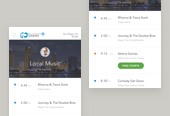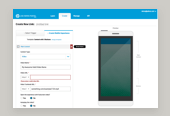
Tie optional.
The development of each skill set is equally important
Hard Skills
Let’s first discuss the hard skills, as these are the more commonly talked about and taught in the design industry and thus easier to define. I’m defining hard skills are those of a more technical nature. This is what you need to do your job as a digital product designer. These can be learned in both formal training via schooling as well as self-taught through tutorials and dedicated practice.
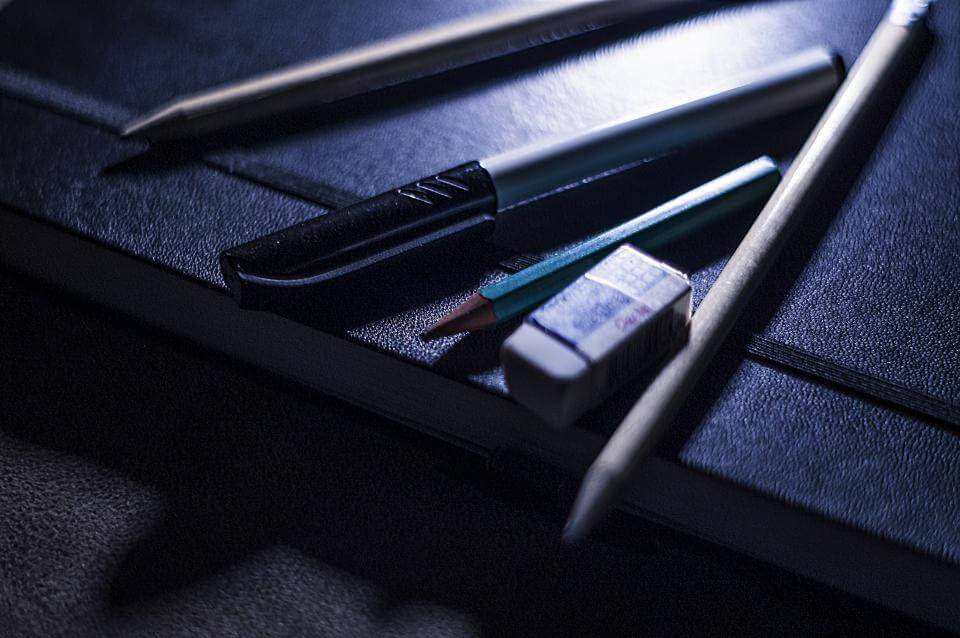
Hard skills are your tools.
Hard skills are your software proficiency, your tooling and technical aptitude to perform in the role of a modern designer. A hard skill is anything that contributes directly to the craft of digital design.
A hard skill is anything that contributes directly to the craft of your digital design output.
As designers, this skill set varies widely from the design fundamentals to the latest frameworks and prototyping software suites. Hard skills can be mastered and learned through disciplined practice. There are tricks and shortcuts to hard skills that are learned over time and through much practice. These are the pixels. They are represented as output in your portfolio, a client’s software or as a recent case study.

Hard skills are your technical proficiency.
Soft Skills
While hard skills are intentionally developed over time, they are only one part of what makes up the skill set of a well-rounded professional designer. With hard skills alone, you can work and perform well as an industry designer, but being a true professional demands something more of us.

Soft skills are design critiques.
You must be able to work in a group, take and give creative criticism and defend your design decisions vocally and with rational explanations. These more personable skills are what I’m describing as soft skills. This leads us to the second part of this equation.
Soft skills are more difficult to identify in an introductory or interview setting, as they can be easy to fake. Faking soft skills longer-term, however, is nearly impossible. You either are conscious of these things and actively working on them, or you are not.

Soft skills are your collaborations.
Soft skills differ from hard skills in that there are no tricks. You must be genuine in your soft sills and allow them to come through in your daily conversations and interactions. They include such traits as empathy, adaptability, critique and personal etiquette.
You must be genuine in your soft sills and allow them to come through in your daily conversations and interactions.
These soft skills are difficult to define, but they can be strengthened and developed just like the hard skills. It takes putting yourself into uncomfortable positions, asking for help and accepting the feedback.
The open communication that comes in mentorship relationships is a great way to identify and develop your soft skills. First and foremost, you need to trust and respect your peer and accept the feedback. This type of development is rarer but will make you a stronger professional and help advance your career in the long term.
Hard + Soft Skills = Professional Designer.
Magic happens when you learn to combine both hard and soft skills in your career and work. We’ve all worked with someone who leaned heavily to one side of this spectrum and that’s not fun a fun person to work with.
Magic happens when you learn to combine both hard and soft skills in your career and work.
Through developing yourself intentionally both in your design proficiency and as a generally good person to be around, you do yourself a huge favor. Soft skills are underrepresented in the creative industry and can thus really set you apart from a sea of craft-obsessed folks without the softer skills.
I would much rather work alongside the designer who possesses more soft than hard skills, as personality and culture is so important to cultivate a positive work environment. Hard skills are easier to teach through tricks and shortcuts as well.
Wherever you land on this hard to soft skill spectrum today, intentionally work to improve your weaknesses. There’s more to being a professional designer than the technical craft of pixels. It’s about becoming a well-rounded, good natured and pleasant person to work with and for. This applies just as much to creative leadership as the individual contributor.
This article was heavily inspired by a group discussion at the recent Epicurrence Montues event. Attend future Epicurrence events to have genuine conversations with leading designers in the industry!
Published by: Ray in Product Design, Thoughts
